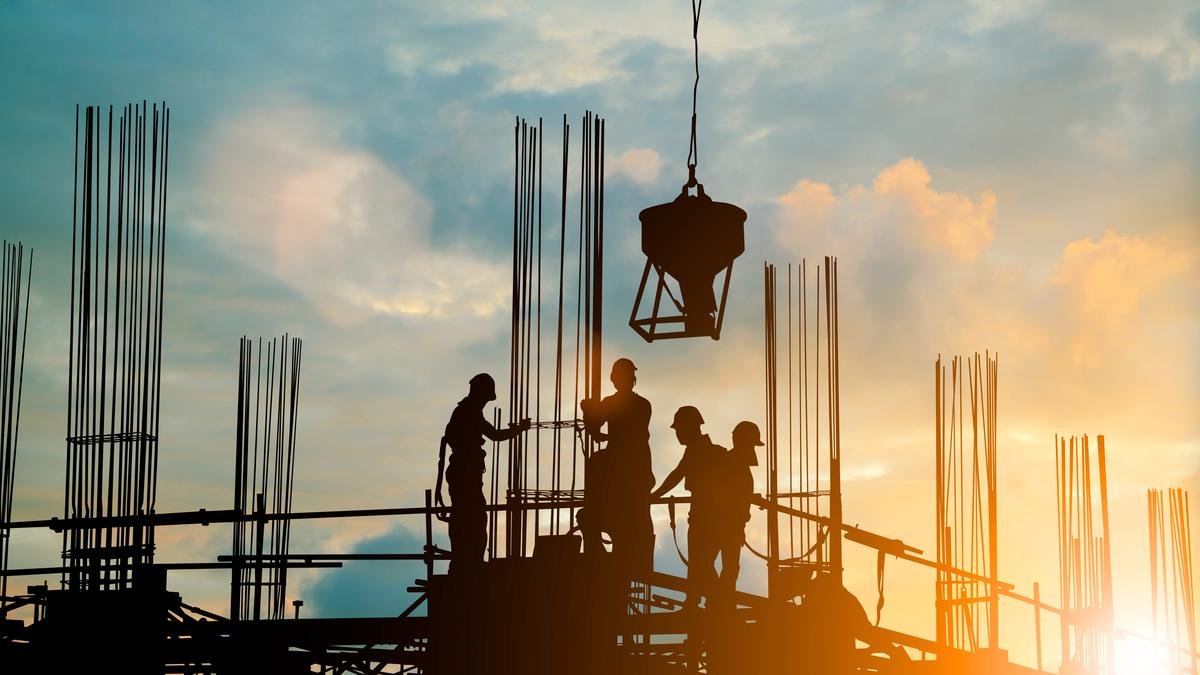The recent GST reforms from the 56th Council meeting mark a watershed moment for the Indian construction industry, which has long struggled with complex tax structures and rising material costs. Prima facie, these reforms, effective as of September 22, offer significant potential for growth. However, their success will depend on how effectively we implement them and how transparently the benefits are distributed throughout the supply chain.
The consolidation of GST rate slabs from four to two represents perhaps the most significant administrative breakthrough since its inception. For construction companies operating across multiple states, the reduction from complex rate structures to primarily 5% and 18% rates will dramatically reduce compliance burdens. This streamlining addresses a longstanding pain point for contractors, who often need to navigate the intricacies between 12% and 28% rate categories. It frequently leads to classification disputes and delayed project approvals.
Faster refunds
The introduction of pre-filled GST returns and faster refund processing mechanisms promises to resolve the cumbersome challenge of cash flow management. Construction projects are particularly vulnerable to delayed refunds, with their extended timelines and significant upfront investments. If implemented effectively, these measures could free up substantial working capital that has remained stuck in the tax system.
Cement, granite and tile update
The reduction in GST on cement from 28% to 18% will significantly impact project economics. With cement typically comprising 15%-20% of total construction costs, this reduction translates to meaningful savings. Industry estimates suggest that overall construction cost reductions of 3%-5% will occur once the entire supply chain adjusts, resulting in a substantial impact on project viability and competitiveness.
Similarly, the reduction in GST on marble and granite blocks from 12% to 5% will particularly benefit the finishing and luxury segments, especially for projects targeting the upper-middle-class market.
Consistent pricing
One of the most welcome developments is the alignment of GST rates between government and private construction contracts. Historically, differential tax treatments created market distortions and competitive imbalances, often hampering collaboration between public and private stakeholders. This rationalisation now enables contractors to approach both segments with similar cost structures, fostering more consistent pricing strategies, competitive bidding, and ultimately, better project outcomes — particularly in large-scale infrastructure development.
Bringing affordable back?
The impact of GST 2.0 on affordable and mid-income housing segments cannot be overstated. The continued concessional rate of 1% for affordable housing, combined with reduced input costs, creates a powerful momentum for this segment. With housing demand remaining robust, particularly in tier-2 and tier-3 cities, these reforms could accelerate project launches that were previously on hold due to margin pressures.
The construction industry is India’s second-largest employment generator, and this boost to affordable housing could play a key role in creating jobs, supporting the goal of 100 million jobs by 2030.
Main challenges
Despite the positive framework, several challenges demand attention. First, the pace of benefits will depend on how quickly the supply chain adjusts its pricing. While manufacturers may respond faster, the fragmented nature of the chain means it could take months for the impact to fully percolate.
Second, the industry’s limited culture of transparency could limit the reforms’ effectiveness. Unless competitive pressures and client demands force genuine cost pass-through, these benefits risk being absorbed as increased margins rather than translated into lower project costs.
Third, the ongoing inflationary pressures in labour costs over the past year continue to offset material cost benefits. While GST reforms address one component of cost inflation, the broader challenge of skilled labour shortage and rising wages remains unaddressed.
For commercial construction, the standard 18% rate provides clarity and predictability, but projects that previously benefited from 12% rates will face increased costs. The net impact will vary by project type and procurement strategy. Large-scale infrastructure projects may see improved cash flows from faster refunds, but the rate normalisation could increase overall tax costs. The reforms’ timing is particularly relevant given the government’s continued focus on infrastructure developments and robust spending pipeline.
Immediate strategies
More than policy announcements, the success of these reforms will be measured in ground-level implementation. The construction industry must proactively adapt by updating procurement strategies, renegotiating supply agreements, reviewing ongoing contracts, and ensuring that the existing technology systems can manage the new rate structures. Along with this, introducing change-in-tax clauses in future agreements will also be vital for risk management.
The entire construction sector has been dwindling with longstanding structural issues. These reforms mark a significant step towards a more cost-effective and transparent system. But their true impact will depend on industry-wide commitment to healthy competition and genuine accountability.
Industry leaders have a responsibility to ensure that these benefits reach end consumers and contribute to broader economic growth. The industry has the opportunity to emerge as a more professional, efficient, and growth-oriented one, but only if everyone commits to making the most of this historic opportunity.
Asset of choice
Stock, real estate, and gold remain the top asset choices in India, according to the Mercedes-Benz Hurun India Luxury Consumer Survey 2025 released on September 18. The survey was conducted among 150 Indian millionaires, with 51% of the respondents expecting Indian real estate to grow in the next two years.
The writer is managing director, Krishna Buildestates Pvt. Ltd.
Published – September 19, 2025 04:21 pm IST
